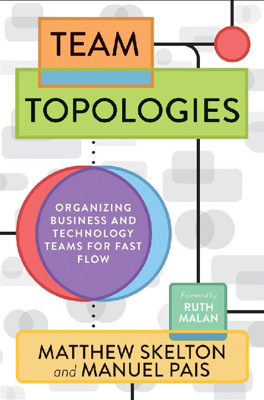Team Interaction Modes
Team Interaction Modes
In the evolving landscape of team structures for software delivery, merely forming teams based on the four fundamental topologies is insufficient for high performance. Teams need defined ways to interact—collaboration, X-as-a-Service, and facilitating—which simplifies communication, aligns with organizational goals, and meets the dynamism of business and technology needs. The choice of how teams interact should consider the necessity for evolution in team boundaries and engagement based on changing scopes, technologies, and organizational scales.
Intermittent collaboration is particularly emphasized as more effective for problem-solving in complex scenarios, compared to constant interaction. This intermittent nature balances independence and variant solutions with collaborative productivity, aligning with findings from recent research by Bernstein and colleagues, showing that groups with intermittent interactions can achieve high-quality solutions and preserve innovation.
The three essential interaction modes that teams should adopt are:
- Collaboration: This involves direct cooperation between teams to achieve shared objectives, characterized by close working relationships.
- X-as-a-Service: One team uses the services or outputs of another with minimal direct interaction, facilitating autonomy and efficiency.
- Facilitating: Involves one team assisting another in removing obstacles or providing necessary guidance and support, enhancing each other's capability to perform and deliver.
These modes are not exclusive and can be mixed depending on the situation and relationships between different teams. For instance, a stream-aligned team might collaborate on one aspect with a team B, while using services provided by team C, ensuring efficient workflows and maintaining focus on primary objectives. The adaptability and flexibility of these interaction modes are crucial for organizations to stay responsive and effective in a dynamic market environment.
